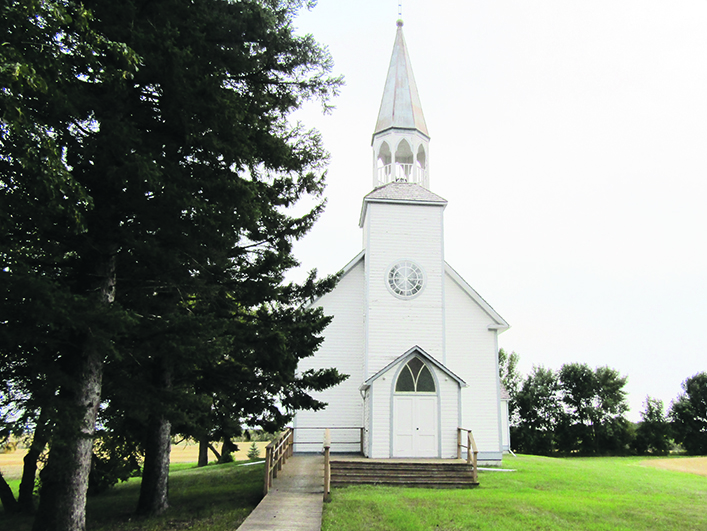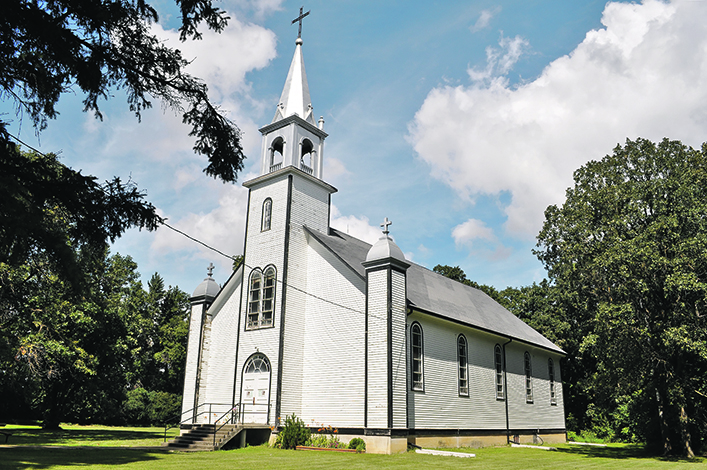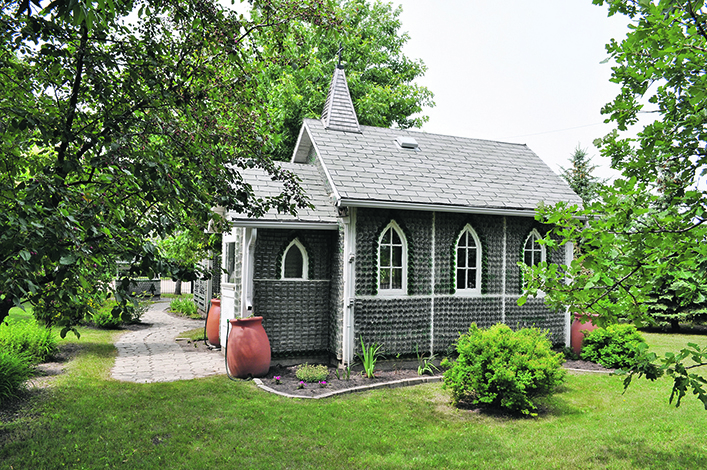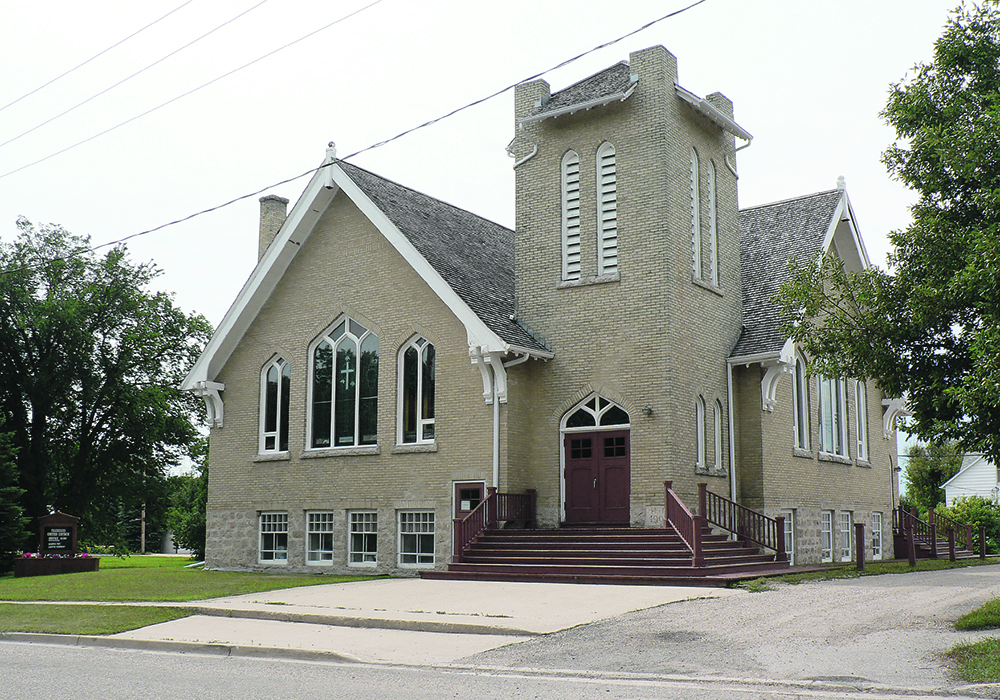Visits to old churches can provide an intriguing day trip for anyone interested in local history, and spring is a good time to plan a route.
In some cases, you can go inside; some of these rural gems are open to the public during certain hours. Even if closed, many of these structures provide enough interest while simply taking a quick jaunt around the grounds or admiring the architecture.
South-central Manitoba, such as areas around Notre Dame de Lourdes and Treherne west of the Manitoba Escarpment, has several such historic sites.
Read Also

Agri-business and farms front and centre for Alberta’s Open Farm Days
Open Farm Days continues to enjoy success in its 14th year running, as Alberta farms and agri-businesses were showcased to increase awareness on how food gets to the dinner plate.
Two are in tiny villages, both south of Notre Dame. To reach the Ste. Thérèse Roman Catholic Church in the village of Cardinal, drive about four kilometres south of town on Highway 244. Turn west and continue for about another km. The visible church spire will guide you.
This church was built between 1927 and 1939, but did not have a priest until 1935 and was only open until 1960.

It got new life after it became a municipal historical site in 1989. Community residents and la Société historique de Notre Dame banded together to start a restoration project.
The church was moved onto a new foundation and both the interior and exterior were revamped. Further renovations were done between 2003 and 2008, thanks to funds from the Manitoba Prairie Churches Project.
That project provided funds for 28 rural and small-town churches considered in danger of demolition during those same years.
The tiny village of Cardinal will also be interesting to readers of French Canadian author Gabrielle Roy, who taught in that community early in her career.
There’s another historic church a short drive away. To find the St. Lupicin Roman Catholic Church, backtrack from Cardinal to Highway 244 and drive another four km south and five km east on Road 31N. At the village of St. Lupicin, the church is hard to miss.
Once part of the Notre Dame parish, it became a separate parish in 1891. The impressive building is bordered by trees, with a cemetery directly behind it. The former church rectory, a large square yellow building next door, is now a private residence.
The St. Lupicin Church and Historic Site is owned by the community and managed by a volunteer group with no religious affiliation, called the Comité de recherche historique de Saint-Lupicin. This group organizes yearly musical fundraisers to maintain the site.

Two other churches in the area feature contrasting styles.
Rejoin Highway 244 and travel north before turning west on Highway 2 to reach the village of Treherne. Check out the Treherne United Church on Boyne Street. The municipal heritage site was built in 1907-08. Originally a Presbyterian Church prior to the Methodist-Presbyterian union, the buff-coloured brick building with its stained-glass windows and square bell tower was designed by J.H.G. Russell, a prominent Winnipeg architect of the time.
A second, more unusual church may require a bit more effort to visit. It’s actually several structures and is not typically used as a place of worship.
Several glass bottle buildings on the north side of the community near the corner of Railway Avenue and Alexander Street make up the site. They are open 24-7 and include a house, a church, a bathroom and a wishing well, all made from ale, wine and whiskey bottles mortared together with concrete.

These structures were the project of Treherne couple Bob and Dora Cain, as well as their friend Fred Harp. They were originally built in the early ‘80s on the Cain’s farm north of Treherne.
After the last of the couple died in 2006, the buildings were donated to the community and moved into town, apparently without breaking any of the fragile building materials.
The church is constructed of about 5,000 bottles, mostly clear and green, with the odd dark glass for contrast, and arranged in patterns. It can seat eight people. It holds an organ donated by the MacGregor Anglican Church and has stained glass windows donated by the Cypress River Anglican Church. The site has attracted a few weddings.
Visitors will want to inspect all the buildings. The house was made from about 4,000 bottles, and the bathroom, made up of about 1,000 bottles, has running water and a sink. Don’t worry about privacy; you can’t see through the glass.
For more information on historic Manitoba churches, see the Manitoba Historical Society archives at https://www.mhs.mb.ca/docs/sites/prairiechurches.shtml.
Donna Gamache writes from her home near MacGregor, Man.















